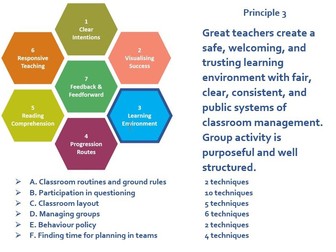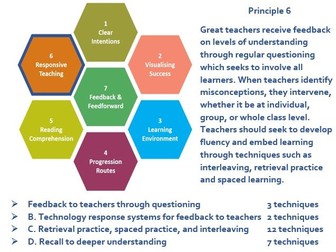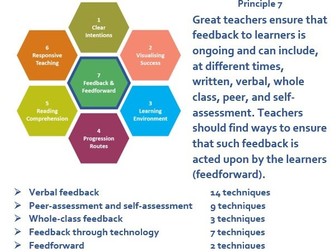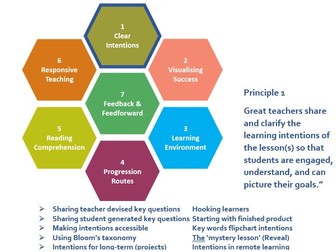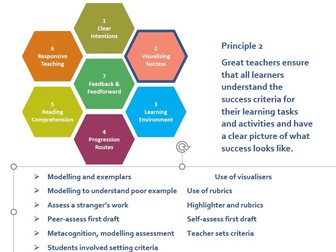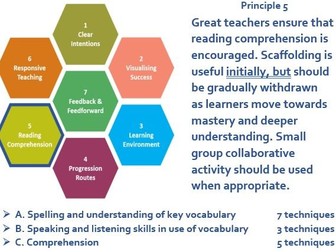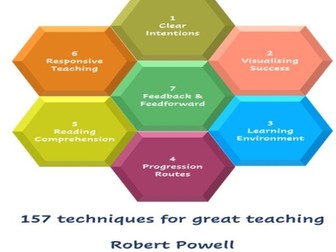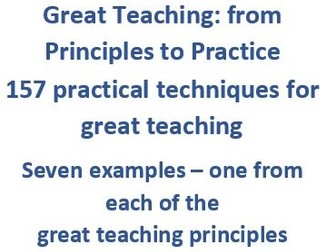
Principle 3 Learning environment
Great teachers have clear ground rules, manage group work, have safe, welcoming classroom management, expect good behaviour, use effective classroom layout.
In this chapter there are 29 practical techniques for effective classroom management|:
A. Classroom routines and ground rules 2 techniques
B. Participation in questioning 10 techniques
C. Classroom layout 5 techniques
D. Managing groups 6 techniques
E Behaviour policy 2 techniques
F. Finding time for planning in teams 4 techniques
